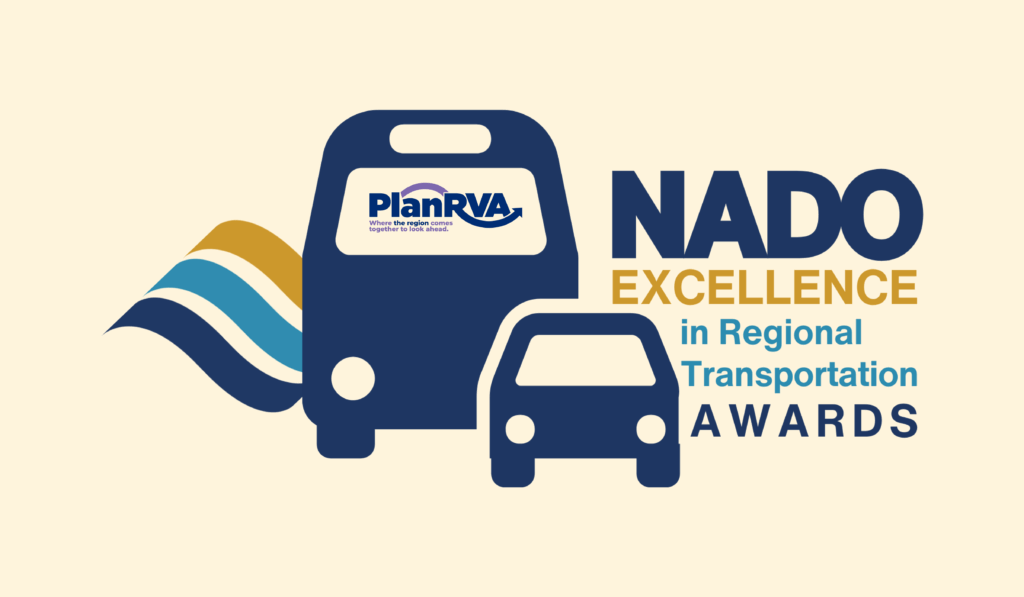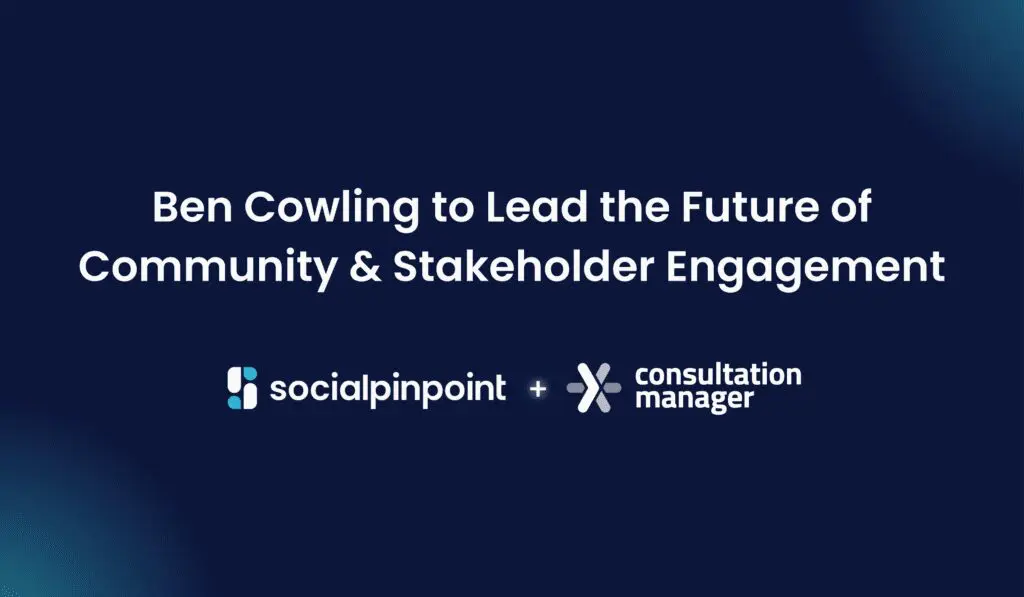As an engagement planner, you are already aware public participation is key to building inclusive communities that are open to continually improve.
To collect the opinions and ideas of the public, you already know the drill – town hall meetings, polls in the mail, sticky-note posters, and even setting up a table at the local shop to gain public insight. But are you really capturing everyone’s opinion and ideas through these methods?
Pauline Riviere from Citizenlab wrote a compelling article about citizens you may be missing if online participation isn’t used. If online public engagement is something you are considering to implement or have implemented before, here are three public profiles to keep in mind:
1. Busy Residents
Not everyone works the typical nine-to-five shift. This routine may be one-part of a person’s day, but what about other jobs that require work done throughout the night? Citizens who work overtime, shift-work or have more than one job, families with children to look after, or even house chores. For most of us, five o’clock doesn’t mean the work day is over.
It’s important to understand a large proportion of the community would love to participate in government projects but some are severely time-restricted. Engaging with busy residents online is an efficient way to make sure these citizens have the opportunity to participate if they want to. You have the power to make citizen participation flexible. Residents can go online whenever they have time to participate. They are not restricted to only post during certain hours, they don’t need to physically travel to a location to have their say and they could even participate on their smartphone. Online engagement offers busy citizens convenience to engage in their time.
How do I engage with busy residents online?
Online engagement tools like Social Pinpoint give busy citizens the convenience of being about to engage online at any time while the project is open for comment. Whether it’s two o’clock in the afternoon or six in the morning, citizens can choose what time works for them. It allows you to remind citizens they know the option to participate online is available.
- Send them an email directly to show you are interested in their opinions.
- Advertise your project on social media so they can see it while checking social media.
- Add it to your organization’s community boards.
Citizens will value you if they know you value their opinion. By giving busy citizens the opportunity to participate online, you are acknowledging their busy lifestyle and providing the option for them to participate in ways that accommodate their busy day instead of yours.
2. Millennials
Millennials are the innovators of our future. Some are driven by the fear of missing out (FOMO) because they are most likely join in where they see other peers participating. They also are the ones that are usually flicking through social media most frequently, which is super beneficial because of their openness to ‘share’ and ‘like’ articles and posts they agree with friends.
Many people assume this generation has little interest in politics, community involvement, and project planning – but don’t be fooled. Millennials play a role in the future of your city’s success and are actually filled with good ideas. Millennials are different from other groups due to the nature of wanting things to happen now.
We are at the age where technology is rapidly increasing, and all generations will need to learn and adapt fast. We need to foster them to be able to keep up with continually changing trends so they can account for these changes in their future jobs. Engaging with Millennials will help create a better, positive city, along with offering to listen and you’ll be surprised with a number of ideas Millennials have about our cities.
How do I engage with Millennials online?
- Add a competition – An example would be a giveaway for those who share or engage.
- Create urgency by reinforcing their ideas will be heard right away.
- Promote on Social Media and use hashtags and phrases that would capture their attention.
- Decrease any intimidation by creating open and frequent communication with them.
When it comes to Millennials it comes down to a combination of giving and taking. Give them a reason to participate and they will give you a response in return. Participating in community events or projects can be intimidating for young citizens. Millennials are often scared of public speaking and interaction or being unsure if their answer is legitimate. Online participation removes these barriers. Online projects, such as interactive maps, give Millennials a safe environment to participate in. They can see similar ideas, share their views on a project and connect with the wider community without the need to physically involve themselves in the project.
3. The Cynics
Skeptism for politics dates back to the early 1900s. There have been quite a few political scandals in history that confirm that doubt is sometimes a natural response – such as the Watergate and Clinton-Lewinsky scandals. So it is quite normal to have some skeptics as a part of the community, which we can thank history for. But just because they are history buffs or generally do not trust the government fully, doesn’t mean they will shy away from participating. They have opinions too, but need to be re-assured their voices are going to be considered.
According to the 2017 Edelman Trust Barometer, in Australia in 2017 only 37% of the public trust their government. That is 8% lower than 2016’s data results. In the United States, it was shown that 47% of the public trusts the government, which is a bit higher than the 2016 results of 39%. In total, the report showed that government is distrusted in 75% of countries. That’s a lot of doubters.
So why are these members of the public less active with community engagement? It boils down to the fact they believe their opinions will not be taken into consideration or even considered at all by local governments. It’s a problem that can definitely be fixed with interactive online engagement due to the simplicity of having their say where they feel it could actually make a difference.
How do I engage with the skeptics online?
- Reassure the public their opinions will be taken into consideration.
- Governments need to show they care about the community by creating online, political-free outlets.
- Showing more inclusiveness to all demographics will create a trust with the public
The latest online engagement is a great way for the governments to show that they do care about the public’s opinion on certain matters. A great benefit is that all information collected will directly be seen by the government, which is a great way to get small voices heard and gain back the trust of those political doubters. The online engagement platforms also create a neutral environment to voice opinions on community matters, as opposed to a town hall meeting.
Targeting these demographics is possible
Online engagement creates a new avenue of communication between citizens and organizations. If you have always relied on offline forms of community engagement, don’t be scared to try online forms. You’ll be surprised by the number of community citizens who are willing to get involved. We are at an age where community involvement is needed for any type of project. Citizen participation can help shape a project for the better. Use online engagement platforms to your advantage. Use them as a way to connect to citizen’s you couldn’t previously connect with offline.












